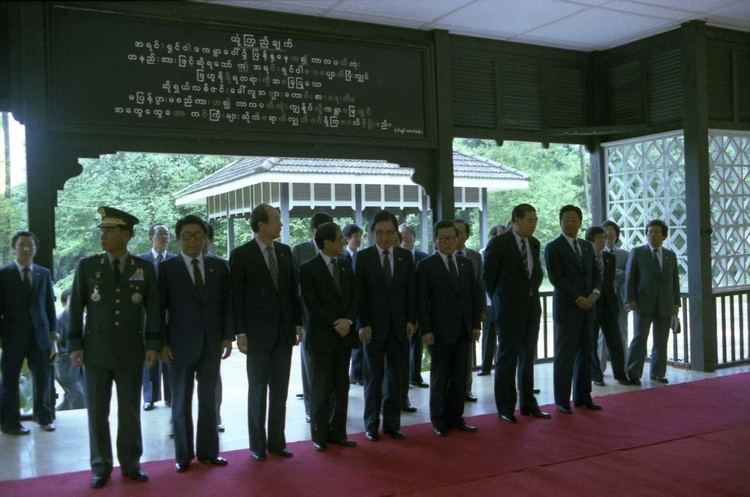Time 10:25 am Non-fatal injuries 46 Injuries 46 | Also known as Rangoon incident Date 9 October 1983 Total number of deaths 21 | |
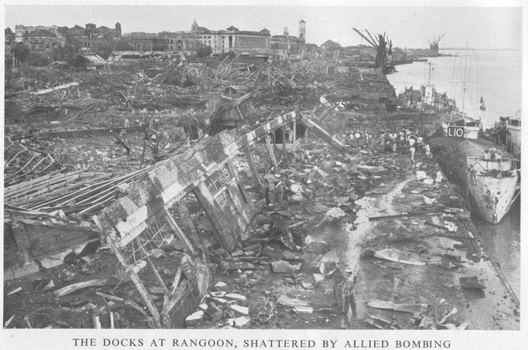 | ||
Suspect(s) 3 North Koreans (Kang Min-chul and 2 others) Convictions Kang Min-chul: life imprisonmentOthers: death sentence Similar Korean Air Flight 858, Korean Air Lines Flight 007, Asiana Airlines Flight 733, Korean Air Flight 803, Nonhyeon‑dong massacre | ||
The Rangoon bombing of 9 October 1983, was an assassination attempt against Chun Doo-hwan, the fifth President of South Korea, orchestrated by North Korea. Two of the bombers were captured, one of whom confessed to being a North Korean military officer.
Contents
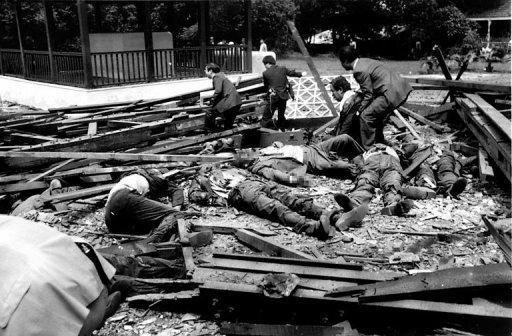
Bombing
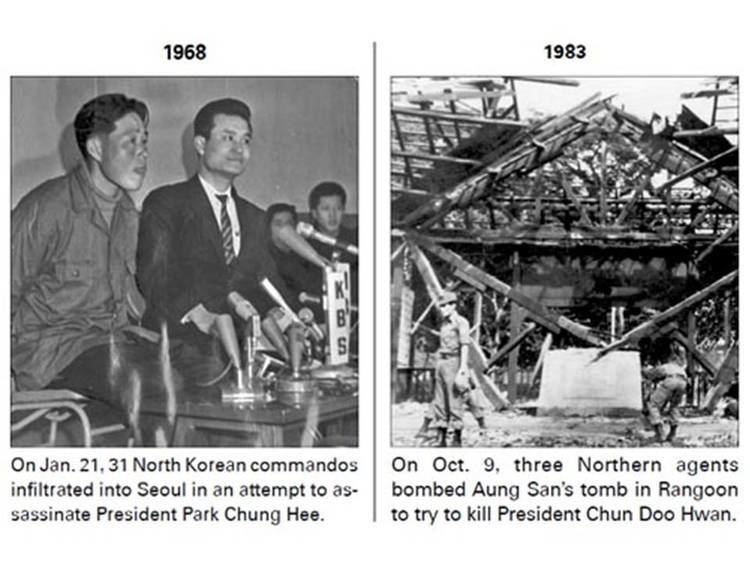
On 9 October 1983, President Chun Doo-hwan was on an official visit to Rangoon, the capital of Burma. During the visit he planned to lay a wreath at the Martyrs' Mausoleum to commemorate Aung San, one of the founders of independent Burma who was assassinated in 1947. As some of the president's staff began assembling at the mausoleum, one of three bombs concealed in the roof exploded. The huge blast ripped through the crowd below, killing 21 people and wounding 46 others. Four senior South Korean politicians were killed: foreign minister Lee Beom-seok; minister of power resource, Suh Sang-chul; economic planning minister and deputy prime minister, Suh Suk Joon; and minister for commerce and industry, Kim Dong Whie. 14 South Korean presidential advisers, journalists, and security officials were killed; four Burmese nationals, including three journalists, were also among the dead. President Chun was saved because his car had been delayed in traffic and was only minutes from arriving at the memorial. The bomb was reportedly detonated early because the presidential bugle which signalled Chun's arrival mistakenly rang out a few minutes ahead of schedule.
Perpetrators
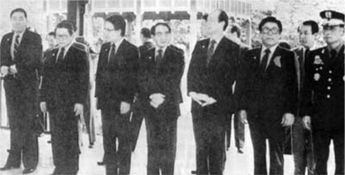
Burmese police identified three suspects, a Korean People's Army major and two captains. A police investigation revealed that they had slipped off a ship docked in Rangoon port, and had received explosives in a North Korean diplomatic mission. Suspect Kang Min-chul and another attacker attempted to commit suicide by blowing themselves up with a hand grenade that same day, but survived and were arrested, although Kang lost an arm. A third suspect, Zin Bo, went missing, but was hunted down by the Burmese Army. Zin managed to kill three soldiers before being shot dead. Kang Min-chul confessed his mission and links to North Korea, an action by which he was able to avoid a death sentence and instead received life imprisonment. His colleague was executed by hanging. North Korea denied any links to Kang, who was sent to Insein Prison, north of Rangoon.
Aftermath
As a result of the bombing, Burma suspended diplomatic relations with North Korea. China, which had passed on a diplomatic note requesting trilateral talks between North and South Korea and the US on North Korea's behalf just prior to the bombing, reprimanded North Korea in the state media. Chinese officials refused to meet or talk with North Korean officials for months afterward.
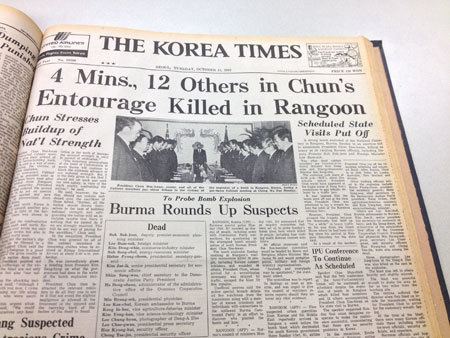
In 1994, the representative of South Korea to the United Nations General Assembly linked this incident with the downing of Korean Air Flight 858, which he alleged was sponsored by the same government acting with impunity.
Kang's fate
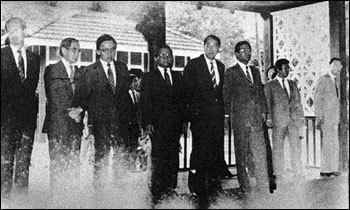
Kang was Myanmar's longest-serving prisoner. He learned to speak the Burmese language fluently according to one of his fellow prisoners. Yangon's moves towards resuming relations with North Korea led to speculation about what would happen to Kang. Because North Korea denied that he was a North Korean citizen, he may have been considered a stateless person. Kang reportedly did not want to go to North Korea, which he believed considered him a traitor (because of his having revealed its criminal operations); or to South Korea, which might have tried him for his role in the assassination attempt.
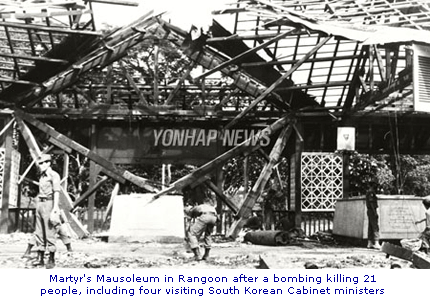
In 2006, Chung Hyung-Keun, a member of South Korea's Grand National Party and a former employee of South Korean intelligence, sponsored a bill to bring Kang to South Korea. Kang died of liver cancer on 18 May 2008 while being referred to the hospital from Insein Prison of Yangon.
List of victims
